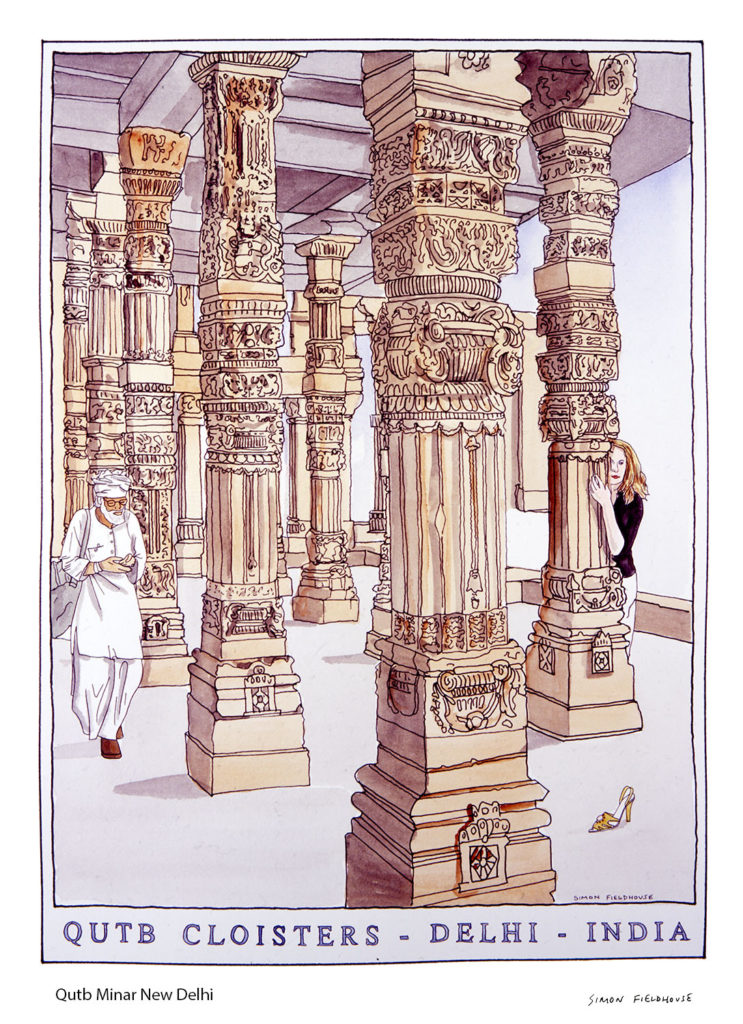
Qutb Minar New Delhi
Qutb Minar New Delhi at 120 meters, is the tallest brick minaret in the world. Qutub Minar, along with the ancient and medieval monuments surrounding it, form the Qutub Complex, which is a UNESCO World Heritage Site.The tower is located in the Mehrauli area of Delhi, India.The Minaret of Jam a UNESCO World Heritage Site in western Afghanistan is thought to have been a direct inspiration for the Qutb Minar in Delhi, which was also built by the Ghurid Dynasty. Made of red sandstone and marble, Qutb Minar is a 73-meter (240 feet) tall tapering tower with a diameter measuring 14.32 meters (47 feet) at the base and 2.75 meters (9 feet) at the peak. Inside the tower, a circular staircase with 379 steps leads to the top. Qutub Minar station is the closest station on the Delhi Metro.
In 1200 AD, Qutub-ud-Din Aibak, the founder of the Delhi Sultanate started construction of the Qutub Minar. In 1220, Aibak's successor and son-in-law Iltutmish added three storeys to the tower. In 1369, lightning struck the top storey, destroying it completely. So, Firoz Shah Tughlaq carried out restoration work replacing the damaged storey with two new storeys every year, made of red sandstone and white marble.
Qutub Minar is surrounded by several historically significant monuments, which are historically connected with the tower and are part of the Qutub Complex. These include the Iron Pillar of Delhi, Quwwat-ul-Islam Mosque, Alai Darwaza, the Tomb of Iltutmish, Alai Minar, Ala-ud-din's Madrasa and Tomb, and the Tomb of Imam Zamin. Other minor monuments include Major Smith's Cupola and Sanderson's Sundial.